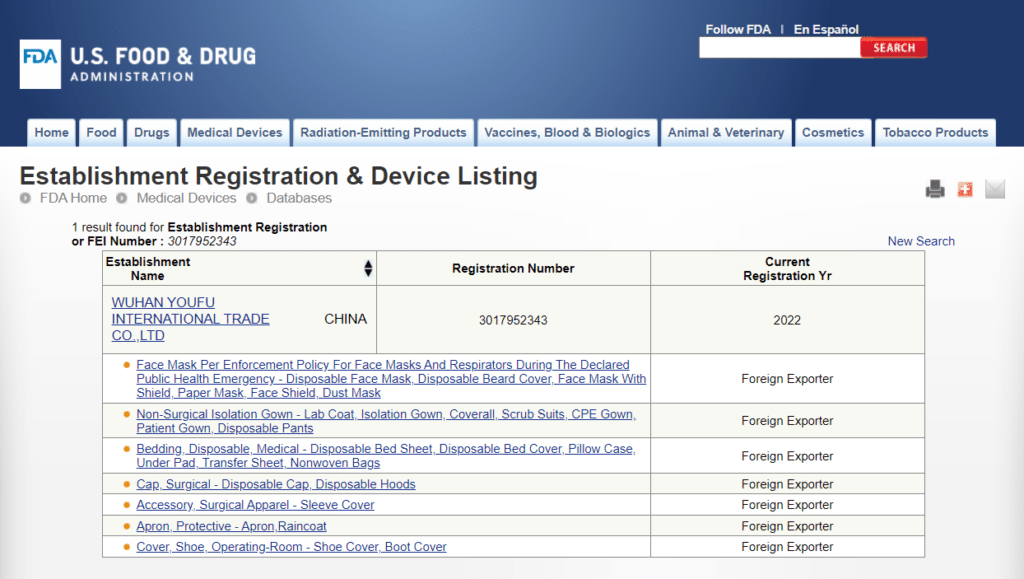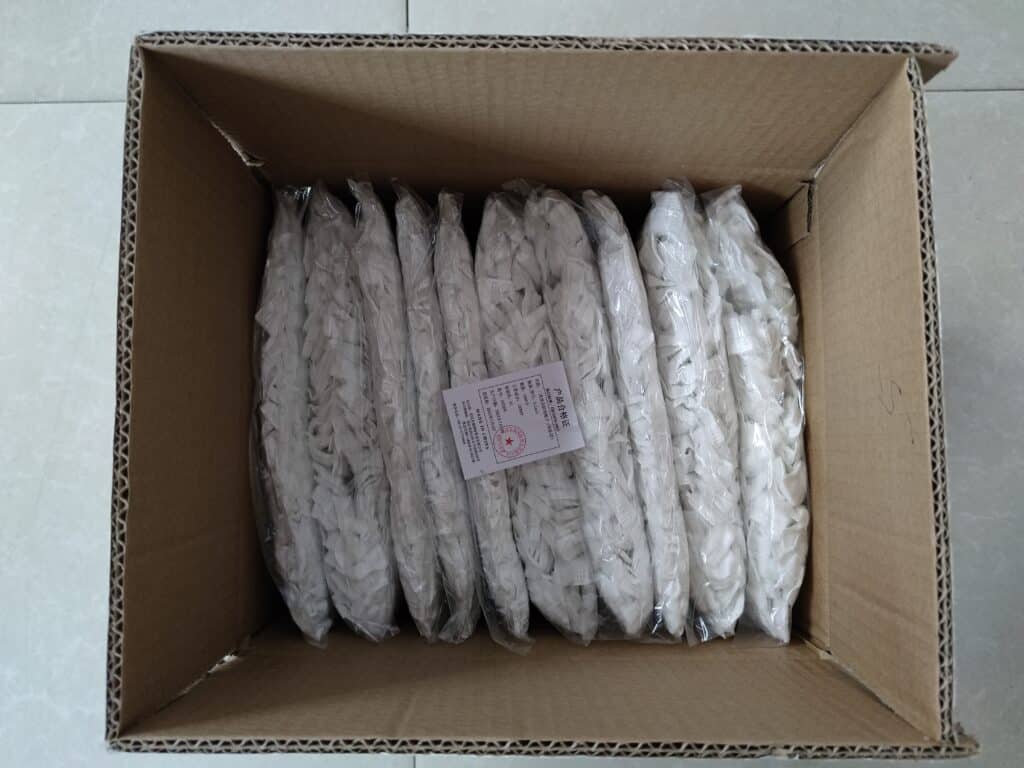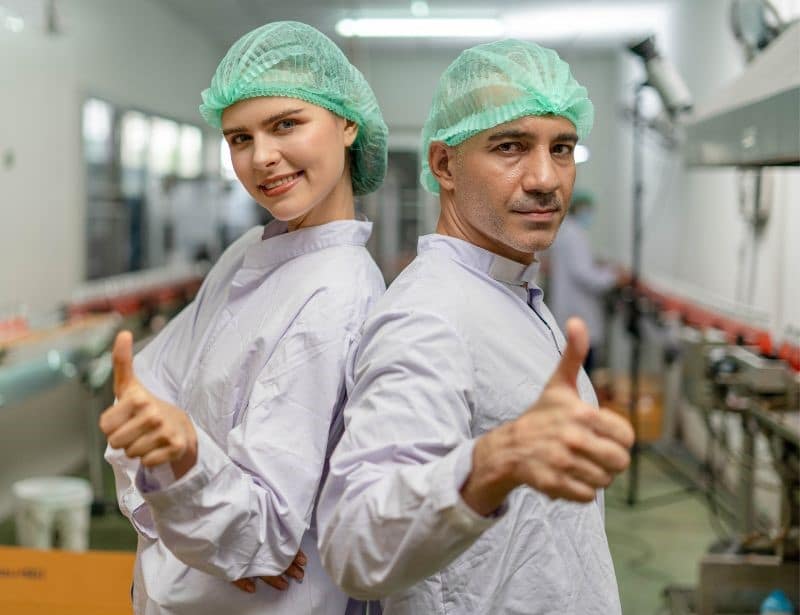Introduction to Bouffant Cap Partnerships
In the dynamic healthcare sector, disposable bouffant caps are indispensable. They signify a commitment to hygiene and are essential in maintaining sterile environments across medical and food industries. The escalating demand for these products highlights the critical need for robust supply chains. Establishing a long-term partnership with a reliable manufacturer is a strategic imperative, not merely a transactional relationship. This article will explore the nuances of creating and sustaining these vital partnerships, ensuring that the supply of bouffant caps meets the relentless demand.

Understanding the Demand for Disposable Bouffant Caps
The ubiquitous presence of disposable bouffant caps across various industries is a testament to their critical role in sanitation and safety. Hospitals, laboratories, and food processing units—these caps serve as a barrier against contamination. The demand for bouffant caps has surged, not just due to health regulations but also because of increased awareness about hygiene practices. This rising demand dictates the need for a steady, reliable supply chain, which is best ensured through strategic partnerships with manufacturers.

The Importance of Long-Term Partnerships
Long-term partnerships transcend mere business transactions; they are about forging enduring relationships that can weather market fluctuations and unexpected challenges. These partnerships are built on trust, consistency, and mutual growth. They require a deep understanding of each other’s capabilities and needs, ensuring a supply chain that is resilient and can adapt to changing demands. But how can you establish such a partnership, and what are the foundational steps to make it successful?

Identifying the Right Manufacturer
The quest for a suitable manufacturer is the first critical step towards a sustainable partnership. It’s a meticulous process that goes beyond basic research—it involves understanding your own needs as well as the capabilities of potential manufacturers. This section will delve into what you should look for in a manufacturer and how to conduct an effective market analysis to find the right fit.

Essential Criteria for Selecting a Manufacturer
Choosing a manufacturer is not just about who can offer the lowest price. It’s about quality, reliability, production capacity, and the ability to adapt to changing needs. You should also consider their track record, the technology they use, and their approach to customer service. It’s about finding a partner whose business values align with yours and who can grow with you over time.
Conducting a Market Analysis
To identify the right manufacturing partner, a comprehensive market analysis is indispensable. This involves examining various manufacturers’ market presence, reputation, financial stability, and feedback from existing partners. A market analysis also includes assessing the geopolitical stability of regions where manufacturers operate, which can impact their ability to deliver consistently.
Evaluating Manufacturer Credentials
When entering a long-term partnership, the credentials of a manufacturer are paramount. This is the bedrock upon which trust is built. In this section, we’ll explore the types of certifications to look for and how to assess a manufacturer’s production capabilities effectively.

Certifications and Standards Compliance
Certifications such as ISO or FDA approval indicate a manufacturer’s commitment to quality and regulatory compliance. These certifications are crucial as they often reflect adherence to international standards, which can be particularly important if you’re operating in or supplying to multiple countries.

Assessing Production Capacity
Understanding a manufacturer’s production capacity is essential. It’s not just about the numbers they can produce but also the speed and flexibility of their production lines. Can they scale up quickly in response to a surge in demand? Assessing their production capacity will help ensure they can handle your requirements, both now and in the future.

Building a Strong Relationship
A solid partnership is built on clear communication, mutual understanding, and aligned goals. In this section, we’ll discuss the importance of open dialogue and how to structure agreements that benefit both parties.
Communication and Negotiation Strategies
Effective communication and negotiation are the lifelines of a strong business relationship. Regular, transparent conversations can help preemptively address potential issues, align expectations, and foster a sense of partnership. When it comes to negotiations, understanding each other’s needs can lead to agreements that offer value to both sides.
Creating Mutually Beneficial Agreements
The best partnerships are those where both parties feel valued and satisfied. This means crafting agreements that acknowledge the needs of both the supplier and the distributor. These agreements should cover pricing, delivery schedules, quality standards, and any other aspects critical to the partnership.
Quality Assurance and Consistency
Quality assurance is non-negotiable in medical supplies. Consistency ensures that every bouffant cap delivered meets stringent standards. This section will cover how to implement effective quality checks and ensure a consistent supply of products.

Implementing Quality Checks
Quality checks are crucial for maintaining high standards. Regular audits, either conducted internally or by third-party inspectors, can help ensure that every batch of bouffant caps meets your requirements. It’s also important to establish clear quality metrics with your manufacturer from the outset.

Ensuring Consistent Supply
To guarantee a consistent supply, it’s vital to have agreements that specify minimum inventory levels and lead times. It’s also worth exploring whether the manufacturer can hold safety stock for you, providing a buffer that can help manage demand spikes without disrupting the supply chain.
Managing Logistics and Supply Chain
An efficient supply chain is essential for timely delivery of bouffant caps. This section will discuss how to optimize logistics, manage distribution channels, and create contingency plans for uninterrupted supply.
Streamlining Distribution Channels
Streamlining distribution channels can reduce lead times and costs. It’s worth considering whether a manufacturer can directly ship to your facilities or if it’s better to work through distributors. Technology can also play a role in optimizing these channels, providing real-time tracking and inventory management.
Contingency Planning for Uninterrupted Supply
Disruptions are inevitable, so having a contingency plan is essential. This could involve identifying alternative manufacturers, diversifying your logistics partners, or investing in technology that can predict and respond to supply chain disruptions.
Financial Considerations
A successful partnership must make financial sense for both parties. This section will examine how to maintain cost-effectiveness, budget wisely, and set up long-term financial agreements that provide stability and predictability.
Cost-Effectiveness and Budgeting
Balancing quality with cost-effectiveness is a delicate act. You’ll need to work closely with your manufacturer to understand the cost drivers and explore ways to reduce expenses without compromising on quality. Effective budgeting also involves forecasting future needs and prices, allowing for better financial planning.
Long-Term Financial Agreements
Long-term financial agreements can offer cost savings and stability. These agreements may include volume discounts, price locks, and other financial incentives that benefit both sides. However, they must be structured carefully to ensure they remain flexible and fair over the long term.
Legal and Ethical Compliance
Adhering to legal and ethical standards is crucial in international partnerships. This section will guide how to navigate international trade laws and ensure that your manufacturing partners uphold the highest ethical standards.
Navigating International Trade Laws
Dealing with international trade laws can be complex, involving tariffs, export controls, and regulatory compliance. It’s important to have legal expertise in this area to ensure that your partnerships are not only ethical but also legally sound.
Upholding Ethical Manufacturing Practices
Partnering with a manufacturer that engages in ethical practices is not only good for your brand’s reputation but also for the broader community. This includes fair labor practices, environmental stewardship, and responsible sourcing of materials.

Leveraging Technological Advancements
Staying competitive means leveraging the latest technologies in manufacturing and supply chain management. This section will explore how to ensure that your partners are using cutting-edge technologies to maintain efficiency and innovation.
Embracing Automation and AI
Automation and AI can revolutionize manufacturing processes, leading to higher efficiency and lower costs. Discussing these technological integrations with your manufacturer can provide a competitive edge and ensure future readiness.
Staying Ahead with Innovation
In a rapidly evolving market, innovation is key. Working with manufacturers who invest in research and development can help you stay ahead of the curve and ensure that your products meet the latest industry standards and customer expectations.
Conclusion and Future Outlook
As we look toward the future, the partnership between suppliers and manufacturers of disposable bouffant caps remains a cornerstone of the healthcare supply chain. The strategies discussed here will not only help in forging lasting relationships but also in navigating the complexities of the global market.

The Road Ahead for Healthcare Supplies
The healthcare industry is on the cusp of transformative changes. With an emphasis on sustainability and efficiency, long-term partnerships with manufacturers will need to evolve. By embracing the strategies outlined in this article, businesses can ensure they remain at the forefront of healthcare supply.
Réflexions finales
In conclusion, the right partnership with a disposable bouffant cap manufacturer can make all the difference. It requires diligence, strategic planning, and a commitment to mutual success. With these pillars in place, long-term supply is not just an aspiration but an achievable reality.
FAQ
Q1: What are the first steps in initiating a partnership with a bouffant cap manufacturer? A1 : The initial steps involve conducting thorough research to identify potential manufacturers, followed by reaching out to discuss your requirements. It’s essential to assess their production capabilities, compliance with industry standards, and willingness to enter into a long-term partnership. Due diligence at this stage sets the foundation for a successful collaboration.
Q2: How can I ensure that a manufacturer meets the safety standards for bouffant caps? A2 : Look for manufacturers that have relevant certifications, such as ISO for quality management systems or CE marking for compliance with EU safety regulations. Requesting and reviewing their safety and product testing documentation is also crucial. Additionally, consider conducting site visits or hiring third-party auditors to verify their claims.
Q3: In negotiating terms with a manufacturer, what aspects are critical to cover? A3 : Key negotiation terms should include pricing, minimum order quantities, lead times, payment terms, quality assurance processes, and liability clauses. It’s also important to discuss how both parties will handle unforeseen events like supply chain disruptions or changes in market demand.
Q4: Can technological integration help in maintaining the quality of bouffant caps? A4 : Absolutely. Technological integration can lead to better quality control by enabling more precise manufacturing processes and consistent quality checks. Technologies such as automated production lines, AI-driven defect detection, and data analytics for process optimization play a significant role in maintaining high standards.
Q5: What strategies can help manage the risks associated with international trade in bouffant cap manufacturing? A5 : To manage risks, diversify your supply sources when possible to avoid reliance on a single manufacturer. Stay informed about international trade agreements and regulations, and consider working with legal experts to navigate these complexities. Additionally, implementing robust logistics and inventory management systems can mitigate risks associated with cross-border trade.











